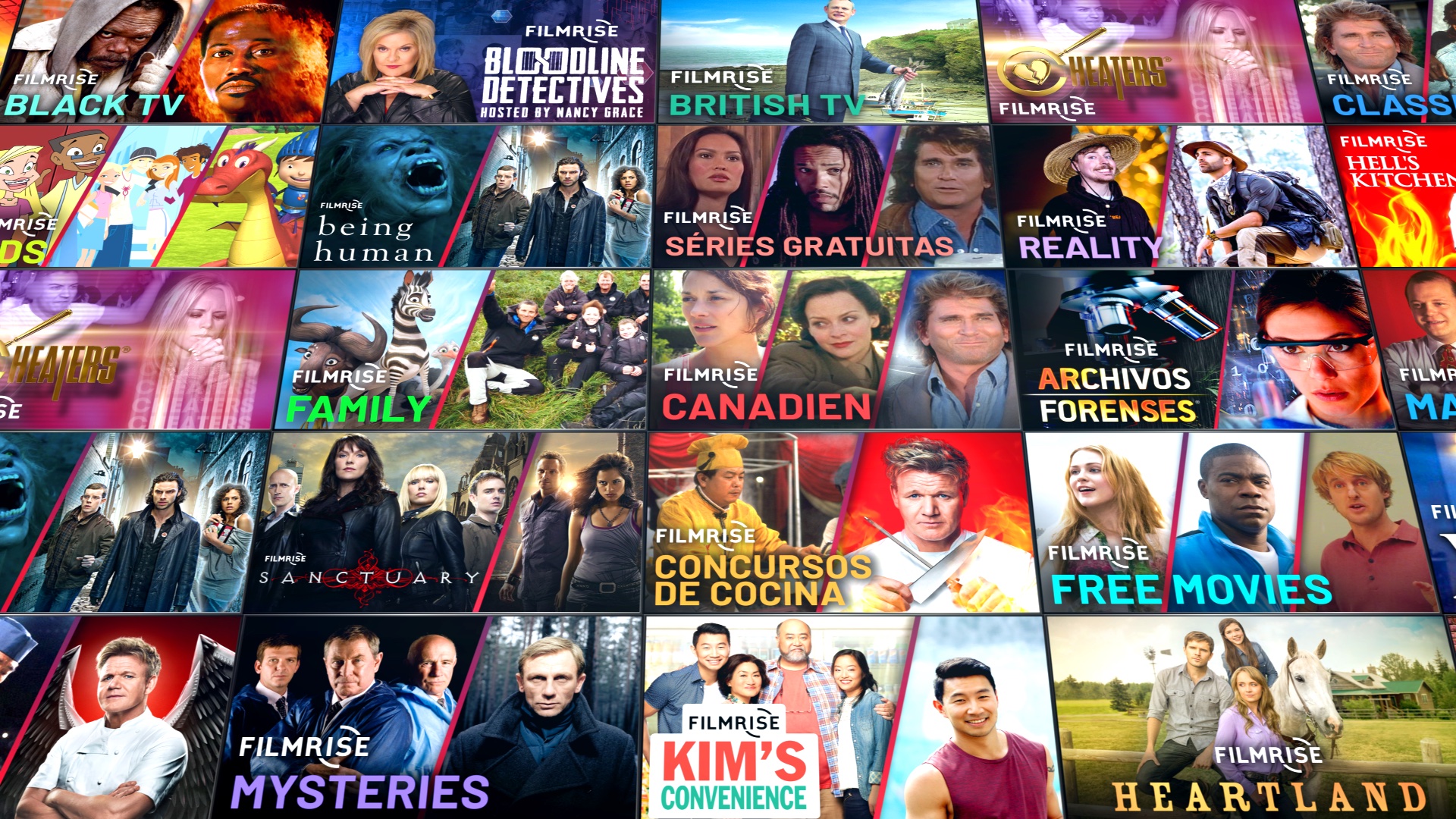
The media industry is running out of FAST-related puns to describe the rapid growth in free ad-supported streaming TV (FAST). With such an easy acronym for an expanding portion of peoples’ viewing habits, it is clearly becoming an important avenue for content creators.
Long gone are the days of having one place to monetize digital assets via an online video sharing platform. Dozens of streaming services (connected TV manufacturers, telcos, OTT apps) are looking for content to license and make available to their audiences for free, powered by digital ads.
This approach requires a distribution team to discover new opportunities, reach those platforms, and negotiate deals with each provider individually — adding both complexity and overhead, especially for small creators.
With 55% of U.S. households using at least one FAST service, according to Hub Entertainment Research’s report “2022 TV Advertising: Fact vs. Fiction,” this article will discuss why FAST is important for creators, what they need to get started, and how they can continue to succeed in this ecosystem.
Why Should Content Creators Keep an Eye on FAST?
FAST changed the video market by providing a scalable, hybrid solution. It allows content creators to have their content library in a single catalog, which could be distributed to various outlets from the same source or repository. This approach enables creators to maintain full control over their content and media supply chain while monetizing it in their preferred manner.
The emergence of new streaming services, plus the lower barrier of entry into FAST, offers opportunities to engage with more viewers and expand their reach without surrendering control over their IP. "
The growth of FAST fits into what media veteran Evan Shapiro called a "Yes… and" economy, where content creators can embrace as many distribution outlets as possible if they maintain control over how their content is distributed and monetized. FAST provides creators with additional avenues for generating growth and reaching new audiences.
The emergence of new streaming services, plus the lower barrier of entry into FAST, offers opportunities to engage with more viewers and expand their reach without surrendering control over their IP. Overall, FAST empowers creators to set their own rules and choose the platforms and terms that suit them best.
Furthermore, viewing habits are slowly migrating to other screens and outlets, offering more leverage for content creators. Because several competitive options are available, they can negotiate with distribution outlets and switch to other platforms if their terms are not met.
However, the increasing number of streaming services and platforms means that the attention economy will become even more fragmented. Creators will have more options to distribute content, yet they’ll need to stand out and deliver compelling experiences to attract and retain audiences.
What Do Content Creators Need Before They Can Reasonably Enter the FAST Market?
To be successful in the FAST market, content creators need to consider several key factors:
- Brand Recognition and Audience: Creators with a recognized brand on other platforms will have a better chance at keeping pace with the FAST market. If audiences won’t scratch their heads as they jump into a channel mid-steam, then that channel should be in FAST.
- Sufficient Content Library: While a catalog with around 100 hours’ worth of content should be the minimum, creators should expect to have hundreds of content hours in their catalog, especially within a specific genre or category.
- Refresh Rate: To keep content from becoming stagnant or stale, creators should aim for a refresh rate of at least 10% to 15%, consistently introducing fresh content to keep audiences engaged and interested almost every time they revisit a channel.
- Production Quality: Content creators must ensure they can provide quality content that meets the expectations of the FAST market. Think about having less user-generated content and more high-quality production value, which will contribute to a positive viewer experience, establishing both credibility and professionalism.
- Audience Awareness: Creators must have a deep understanding of their target audience and what appeals to them. Beyond the initial launch, creators must dedicate a portion of their ongoing efforts to analyzing viewership patterns and preferences. It’s easy to tweak this awareness as creators go along, but they need to keep their fingers on the audience’s pulse.
- Platform-Specific Marketing: Congratulations on launching a platform! The work has just begun. Each platform has its own marketing requirements and standards, and content creators need to adapt their marketing strategies accordingly, especially by generating different types of content, feeds, and assets such as thumbnails or digital posters. Fulfilling all these requirements may seem like a tall order, but each of them is essential for content creators to position themselves for success and leverage the opportunities provided by the evolving streaming landscape.
Once Creators Have Their Own FAST Offering, What Should They Do?
If content creators decide to launch their own FAST services, they should consider taking several key steps to maximize their success:
By following these steps, content creators can navigate the evolving world of FAST offerings, leverage data and insights to optimize their content, and establish a strong position for growth, engagement, and revenue generation.
Conclusion
Creators who own a digital, consumer-facing content library know that their viewers are not concentrated in one place. FAST gives them the ability to distribute their content to various digital outlets while keeping creators in control of their most valuable possession: their IP. With FAST, content creators can decide how their content is being programmed, distributed, and monetized.
While creators can control many elements, relying solely on one platform or distribution partner is becoming far riskier, so creators should aim to distribute their content across multiple platforms and endpoints to reach a wider audience. As more and more content creators are discovering FAST, they should take advantage of the low barrier of entry into the space, start learning about end-consumer needs, and evolve.







